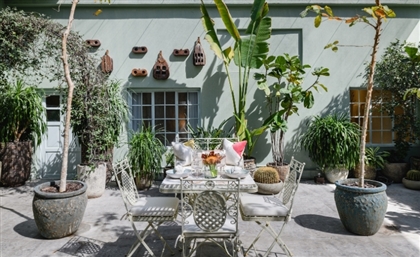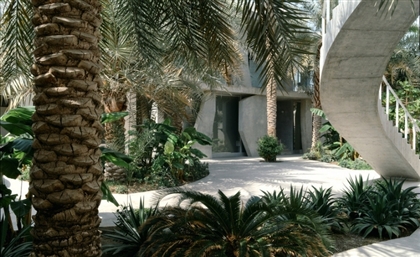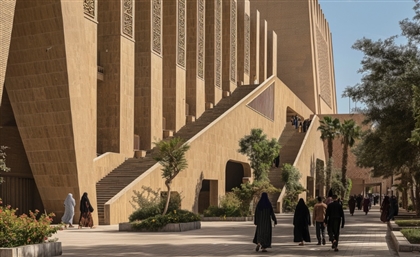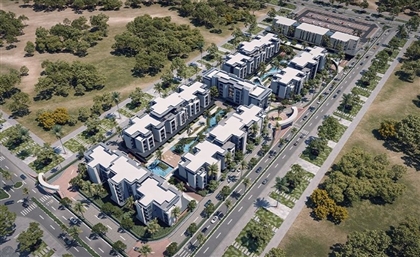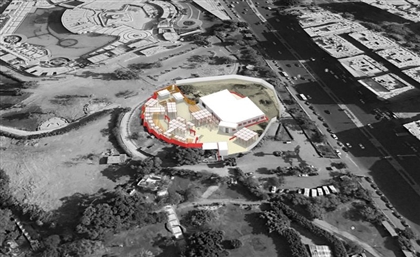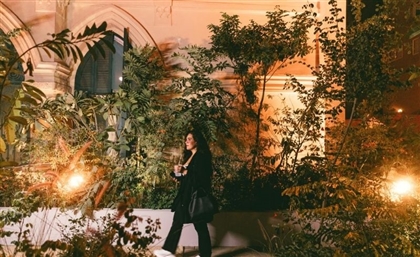Bahrain’s Siyadi Pearl Museum Restored by Studio Anne Holtrop
The renovation of the Siyadi Pearl Museum and Mosque in Muharraq, led by Studio Anne Holtrop, begins with the restoration of the Siyadi Majlis and its adjoining mosque.
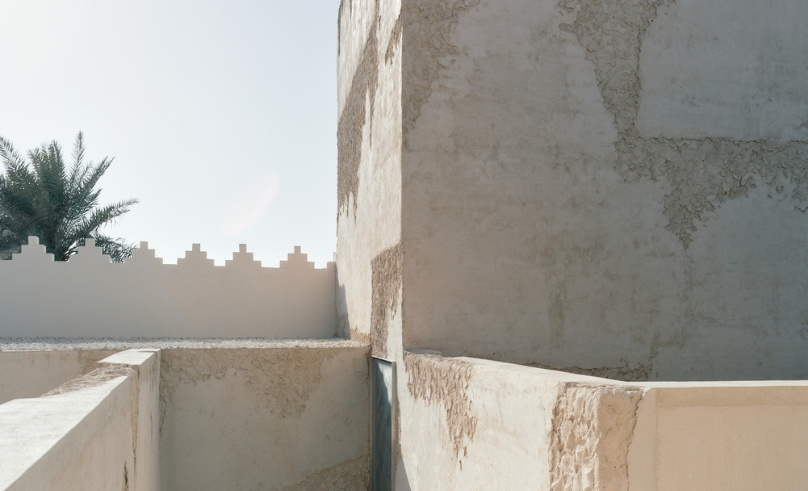
For centuries, Bahrain’s waters shaped life across the Gulf. Pearling formed the foundation of the island’s economy and culture. Each season, divers, captains, and merchants gathered in Muharraq, alongside creditors, boat makers, and sail weavers whose work sustained the trade. Today, the historic fabric of the city - its houses, alleys and seafronts - carries the imprint of this legacy, preserving the story of a tradition that once defined the region-cedfacff-ed52-4c7a-bbda-022f354c55d1.jpg) .
.
Within this landscape, the Siyadi and Murad clusters stand as essential components of the Pearling Path, both tied to families deeply embedded in the pearl trade. At its heart lies the Siyadi Majlis, where Tajir Al-Lulu, 'The Pearl Merchant', received buyers from across India and Europe. The majlis became a stage for negotiations, where rare pearl collections passed through careful deliberation. -c545d074-febf-481e-92f4-b9c98938f888.jpg)
The renovation of the Siyadi Pearl Museum and Mosque, led by Studio Anne Holtrop, begins with the restoration of the Siyadi Majlis and its adjoining mosque. The first step was the removal of later additions that obscured the original structure, stripping the building back to its historic core. Missing parts were reconstructed by extending the surviving walls and foundations, reconnecting the building to its physical past while allowing it to take on a new role. The restored rooms now host exhibitions of pearl jewellery and loose gems drawn from the Bahrain National Museum, Mattar Jewelers and the Cartier Collection.-ccc872df-aef6-44f5-9fb9-791ec79784fb.jpg)
Materiality remains central to the project. Built from coral stone, or froush, the structure was historically bound in lime plaster applied in two stages: a rough hand-thrown base coat and a fine top layer often finished with carved gypsum and painted ornament. Within the Siyadi Majlis, this craft found its most elaborate expression in the guestroom, where decorative motifs survive that are unmatched elsewhere in Muharraq.-310da8b0-de5e-445e-a5c9-687cb3935500.jpg)
To distinguish between the historic fabric and new construction, Studio Anne Holtrop developed a distinctive plastering method. Both layers of plaster are intentionally left visible: a rough coat exposed beneath smooth surfaces smeared irregularly across the walls, their boundaries left imperfect. This approach retains the tactile quality of traditional techniques while asserting the presence of contemporary intervention.-87c0b58b-47af-42a4-915e-2115f1a00544.jpg)
In the main exhibition hall, a seven-metre-high space, plastered surfaces are finished in silver leaf. Chosen for its mutable nature, the silver develops a soft golden patina when exposed to air and humidity, echoing the richness of historic interiors such as those of the Siyadi Majlis without replicating them. It is a gesture that links past and present, embedding change within continuity.
- Previous Article South Asian Mosques Modernising Islamic Architecture
- Next Article Baghdad Reimagined: A Tribute to Cultural Heritage Through AI




